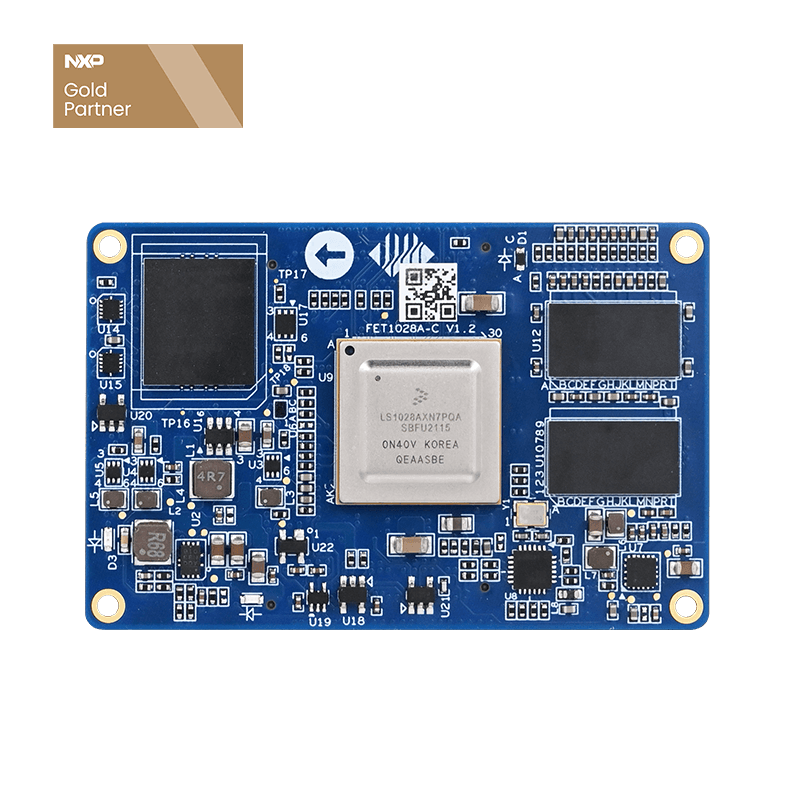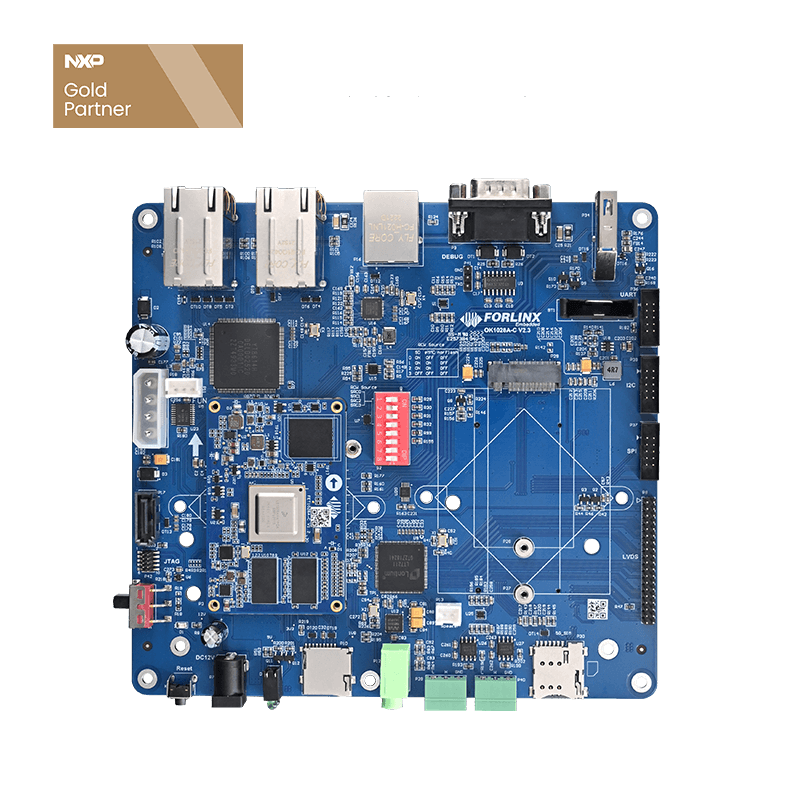
Build An Edge Computing Gateway Based On FET1028A-C
With the rapid development and application of the Internet of Things, big data, artificial intelligence, and other technologies, the traditional cloud computing model has brought great challenges, which has also given birth to the transformation of computing mode, edge computing was born.
Figure 1 The evolution of edge computing
The so-called edge computing, refers to the nearest end of the service, using the network, computing, storage, application core capabilities as one of the open platform, near the source of the object or data. In layman's terms, it is after the calculation and processing of data is done locally in data collection (e.g. time stamping, data formatting, classification of event and process data), "in-place" decision-making based on the results, and the processing of completed data for storage, forwarding cloud platform and other operations.
Edge computing offers the following advantages over cloud computing:
Security: the original data processing locally solves the risk of data loss or information leakage, which solves the risk that the path of private data transmission to the data center is long.
Low latency: Edge gateways make "in-place" decisions based on preset business logic, eliminating bidirectional transmission delays for terminals and cloud centers.
High reliability: No longer relying on central servers, each edge gateway is an edge server, distributed deployment, to avoid the central server due to the collapse of large-scale downtime, downtime.
As the carrier of edge computing services, edge computing gateway plays an important role, whether it is the sensor interface, the diversity of networking support, or CPU computing power, all affect the ability of edge computing. Especially in the context of the industrial Internet, IT and OT convergence is also an important capability for edge gateways, FET1028A-C has six TSN-enabled Gigabit Ethernet interfaces, and a built-in TSN-enabled 4-port Switch, to meet the convergence of IT and OT networks in industrial sites.
▼ Edge compute gateway composition
Forlinx embedded closely follow the development of the industrial Internet era, based on NXP's next-generation Layerscape series processor LS1028A built FET1028A-C core board, in terms of function, power consumption, and performance are excellent, in the industrial Internet edge computing gateway applications are also very consistent.
Figure 2 Edge Compute Gateways make up a block diagram
FET1028A-C core board based on NXP LS1028A processor design, dual-core ARM Cortex-A72, main frequency up to 1.5GHz, on-board 2GB DDR4 RAM, 8GB ROM; 6 Gbit Ethernet supportS, TNS Ethernet switches and Ethernet controllers for converged IT and OT networks, CAN FD, UART, USB 3.0, PCIe3.0, SATA3.0, IIS, IIC, SPI, and other common bus interfaces, and support a maximum resolution of 4K DP interface.
▼ Industry applications
- Smart industry
- Industrial Internet
- Remote monitoring of refrigeration equipment and fault warning system
- Remote monitoring of equipment in steel metallurgical plants
- On-line monitoring and fault warning system for air conditioning units
- Elevator online monitoring system
- Smart city
- Smart light pole secure access gateway
- Intelligent building control
- Building energy management
- Smart traffic
- Bridge structure safety online monitoring
- Smart public toilets
- Smart power
- Remote monitoring system for power distribution rooms
- Power distribution automation
- Remote scheduling
- Secure encryption gateway
- Safety net gate
- Smart agricultural water conservancy
- Remote wireless monitoring system for agroforestry irrigation
- On-line monitoring system for warm and humid sheds
- Remote monitoring and early warning system for rivers and lakes
- Waterworks IoT system
- Remote monitoring system for secondary water supply pumping stations



